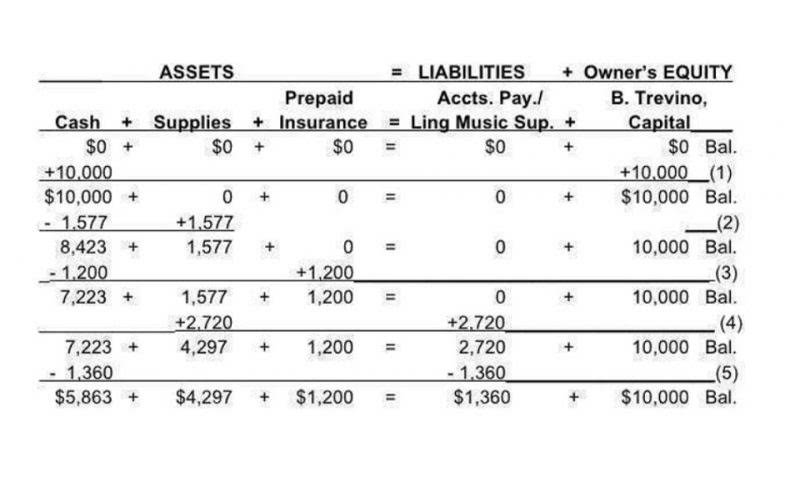Cash is a balance sheet account that has a normal debit balance, which means cash goes up with a debit and down with a credit. Cash and expenses both have a normal debit balance, therefore the following entry will increased expense with a debit and decrease cash with a credit. In some cases, you might receive a check or cash payment from a customer later on. In these cases, you will need to make a separate cash received journal entry to record this information. You must also track how these payments impact customer invoices and store credit.

Importance of Recording Cash Sales Journal Entries
- These types of entries also show a record of an item leaving your inventory by moving your costs from the inventory account to the cost of goods sold account.
- As the sale of a good is an income, the debit balance or the balance of the cash account increases, and the credit balance or the balance of the sales account decreases.
- Each cash receipt is recorded as a line item in the cash receipts journal as shown in the example below.
- This means that the new accounting year starts with no revenue amounts, no expense amounts, and no amount in the drawing account.
- A current asset representing the cost of supplies on hand at a point in time.
If the payment is made in cash, the column becomes the sales column, but when it is paid on credit, the column becomes account receivables. An income statement account for expense items that are too insignificant to have their own separate general ledger accounts. A temporary account used in what is a sales journal the periodic inventory system to record the purchases of merchandise for resale. (Purchases of equipment or supplies are not recorded in the purchases account.) This account reports the gross amount of purchases of merchandise.

Journal Entry for a Cash Sale of Inventory
Customers’ bank accounts are reported as liabilities and include the balances in its customers’ checking and savings accounts as well as certificates of deposit. In effect, your bank statement is just one of thousands of subsidiary records that account for millions of dollars that a bank owes to its depositors. As the entry shows, the bank’s assets increase by the debit of $100 and the bank’s liabilities increase by the credit of $100. The bank’s detailed records show that Debris Disposal’s checking account is the cash flow specific liability that increased.

Why Is It Important To Record Cash Sales Journal Entries?
This guide serves as a foundational resource for understanding and implementing the journal entry process for sales revenue, a cornerstone of financial reporting and analysis. The FAR section of US CPA tests topics such as journal entries, revenue recognition, and financial statement preparation. It tests understanding of debit/credit, impact on cash flow, and proper presentation under GAAP.

Sales journal entries are accounting records used to document revenue generated from the sale of goods or services. In addition, they help businesses track their financial performance over time. It also affects the balance sheet through changes in cash or accounts receivable and equity (via retained https://www.bookstime.com/ earnings). Accurately recording this entry is essential for assessing the company’s performance, profitability, and financial health. And in accounting everything must be a written transaction. This requires one account to debit and another to credit, thus leading to the double-entry system.
Record the cash receipt transaction
Higher profit and incorrect cash balance will be shown in case of missing sales on cash journal entry. As a refresher, debits and credits affect accounts in different ways. Assets and expenses are increased by debits and decreased by credits. Liabilities, equity, and revenue are increased by credits and decreased by debits. In recording a journal entry for sales, you’ll need to pass entry for sales—that is, move the information to all of the different accounts where it needs to be recorded.
